Rosetta
Led by Professor Josephine Bunch (National Physical Laboratory, UK).The challenge
In 2017, team Rosetta took on our 3D tumour mapping challenge.
The team set out to harness the power of cutting edge mass spectrometry imaging (MSI) techniques to create Google Earth-like views of a tumour in extraordinary detail. The team planned to apply highly-innovative metabolic mapping tools to measure a broad range of metabolites and map their spatial distribution within tumours more holistically than ever before. By creating a detailed atlas of cancer metabolism, Rosetta aimed to provide a whole new dimension to cancer diagnosis and treatment.
When the challenge was set, progress had been made in understanding specific metabolic hallmarks of cancer in vitro. However, there remained a considerable gap in understanding complete metabolic networks and their rewiring in relevant tumour models in vivo, and importantly, in patients. Spatial measurement technologies for MSI were still niche with limited applications. To properly understand cancer metabolism would involve developing multi-scale spatial techniques to detect proteins, amino acids, fatty acids, carbohydrates, vitamins and lipids simultaneously from complex samples.
At a glance
Team and leadership
Rosetta was led by:
Rosetta united over 70 world-leading physicists, biologists and chemists with technology innovators and industry partners.
Tackling the 3D tumour mapping challenge
The team set out to develop innovative approaches to measure and map hundreds or thousands of metabolites in a single experiment, in order to create a ‘Rosetta Stone’ for cancer metabolism.
Over the past seven years, the Rosetta team has led the way in the emerging spatial biology revolution, pioneering advancements in metabolomic mapping. The team has developed a collection of new MSI methods, instruments and devices, successfully establishing a powerful multimodal-multiscale correlative MSI pipeline and a suite of computational tools. This has enabled the examination of fixed and frozen samples through to in vivo real-time sampling of patient tumours during surgical procedures. By unifying detection methods the team has the ability to review and compare findings from in vitro models with ex vivo and in vivo measurements. By leveraging computational approaches to elucidate pathway associations and correlations, the team can distill these complex data into phenotype ‘atlases’, which can be used to guide higher-resolution imaging experiments and other -omic evaluations.
Rosetta has demonstrated the value of applying a metabolomics lens to spatial biology, uncovering novel and functional insights into the molecular basis of cancer. The team has also conducted initial studies to showcase the potential power of its pipeline for clinical applications. Using the intelligent surgical knife (iKnife) previously developed by members of the team, they demonstrated a new method for real-time diagnosis and highlighted the potential of stratifying cancers into subtypes according to their metabolic phenotype to help guide treatment selection. By analysing breast cancer cell lines, patient-derived xenografts and primary tumours, the team identified that disruptions to the PIK3CA kinase pathway cause an increase in the metabolite arachidonic acid, which are detectable by the iKnife. Arachidonic acid also fuels the growth of these breast tumours – revealing a targetable metabolic vulnerability that largely depends on dietary fat restriction.
Using their correlative mass spectrometry imaging approaches to explore mammary intra tumour differences in metabolism, the team demonstrated that pantothenic acid (also known as Vitamin B5) is associated with areas of high MYC levels. This is driven by MYC upregulating the multivitamin transporter SLC5A6, responsible for pantothenic acid transport. This work went on to highlight dietary restriction of pantothenic acid, which was ultimately being used to fuel the Krebs cycle, as a potential option to restrain tumour growth. The team also identified potential new therapeutic targets in colorectal cancer- the glutamine antiporter SLC7A5 in KRAS-driven tumours, as well as the methionine cycle enzyme AHCY in APC-deficient tumours.
In an extremely productive collaboration between industry and academia, the Rosetta platform has been applied by AstraZeneca to answer questions from compound distribution to emerging resistance. The team’s MSI platform has now been integrated across the AstraZeneca drug development pipeline.
Looking ahead
Team Rosetta has pioneered MSI technologies and demonstrated their importance, applicability and relevance for cancer research. At the forefront of the field, the team has accelerated the development and wider adoption of these cutting-edge techniques across academia and industry. This underscores the importance of metabolism in cancer research and highlights the value of integrating this component into spatial biology.
By applying these innovative metabolic mapping tools, the team has already uncovered metabolic complexities informing on tumour behaviour, prognosis and response to treatment. These novel insights have identified potentially new therapeutic interventions and could ultimately lead to more tailored and personalised treatments through metabolomic profiling of tumours. As MSI technologies become increasingly integrated into the clinic in coming years, this approach will begin to have a tangible impact on people’s lives.



